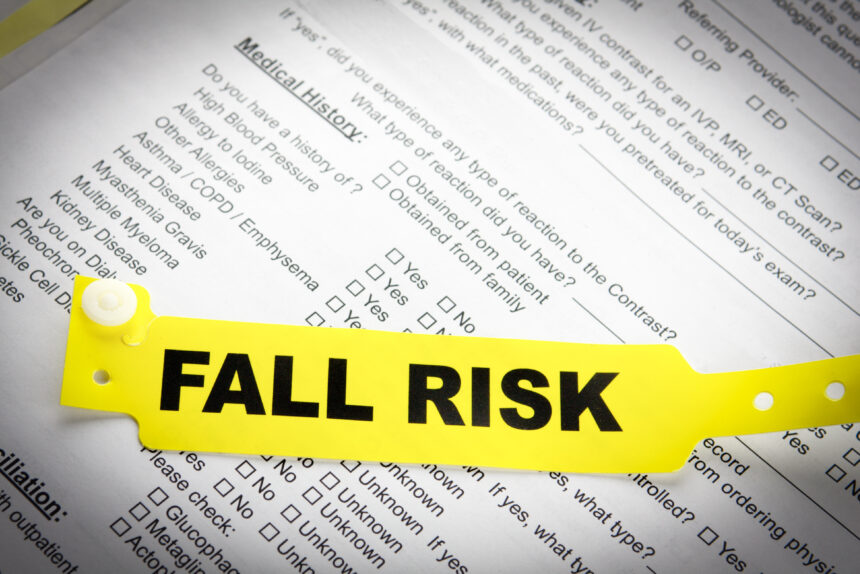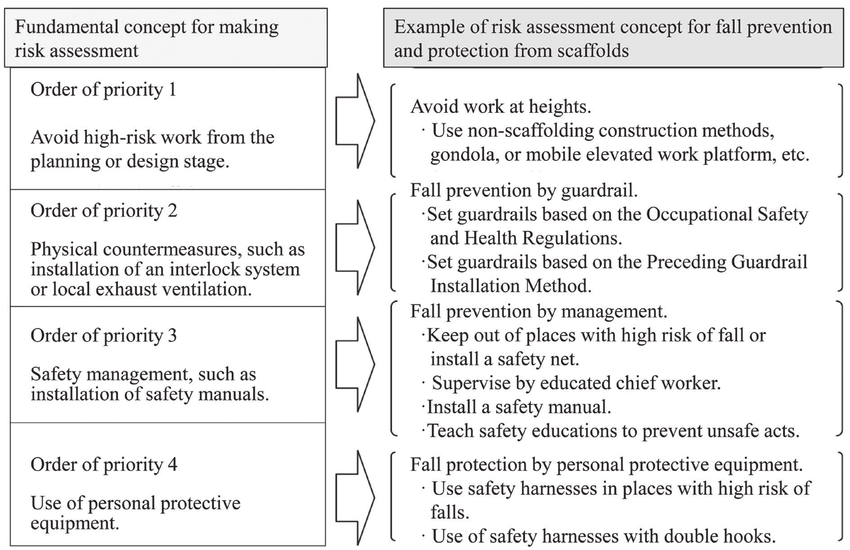Dementia Fall Risk Things To Know Before You Buy
Getting The Dementia Fall Risk To Work
Table of ContentsThe 5-Minute Rule for Dementia Fall RiskGetting My Dementia Fall Risk To WorkIndicators on Dementia Fall Risk You Need To KnowDementia Fall Risk for DummiesDementia Fall Risk - Questions
Examining autumn risk helps the whole health care team develop a much safer environment for each person. Make certain that there is a designated location in your medical charting system where team can document/reference ratings and document relevant notes connected to drop prevention. The Johns Hopkins Fall Risk Evaluation Device is just one of many tools your personnel can use to assist stop unfavorable clinical events.Client drops in healthcare facilities prevail and incapacitating negative events that linger in spite of years of effort to decrease them. Improving communication across the analyzing nurse, treatment team, individual, and person's most included family and friends might reinforce autumn avoidance initiatives. A team at Brigham and Women's Hospital in Boston, Massachusetts, sought to create a standardized autumn avoidance program that centered around enhanced interaction and client and household involvement.

The advancement group emphasized that successful application depends upon patient and personnel buy-in, integration of the program right into existing workflows, and fidelity to program procedures. The group kept in mind that they are grappling with exactly how to make certain continuity in program application throughout periods of crisis. Throughout the COVID-19 pandemic, as an example, a boost in inpatient drops was connected with limitations in client engagement in addition to constraints on visitation.
Dementia Fall Risk for Dummies
These events are normally considered avoidable. To execute the intervention, organizations require the following: Accessibility to Loss pointers sources Loss pointers training and re-training for nursing and non-nursing personnel, including new nurses Nursing process that enable individual and household interaction to conduct the falls analysis, make certain use the avoidance plan, and conduct patient-level audits.
The results can be very destructive, typically speeding up client decline and creating longer medical facility remains. One study approximated keeps boosted an extra 12 in-patient days after a patient loss. The Autumn TIPS Program is based upon interesting people and their family/loved ones across three primary processes: analysis, personalized preventative treatments, and auditing to make certain that individuals are taken part in the three-step loss prevention procedure.
The person analysis is based on the Morse Fall Range, which is a verified fall danger evaluation device for in-patient hospital setups. The scale consists of the six most usual reasons patients in medical facilities fall: the client autumn background, high-risk problems (including polypharmacy), use IVs and other outside tools, psychological status, stride, and movement.
Each threat element relate to several workable evidence-based interventions. The registered nurse develops a plan that integrates the treatments and shows up browse this site to the treatment team, patient, and household on a laminated poster or published visual aid. Registered nurses establish the plan while meeting the client and the individual's family.
Some Known Questions About Dementia Fall Risk.
The poster works as a communication tool with other participants of the person's care group. Dementia Fall Risk. The audit component of the program includes evaluating the patient's expertise of their risk elements and avoidance strategy at the system and health center degrees. Nurse champions carry out a minimum of five specific meetings a month with clients and their families to look for understanding of the fall prevention strategy

A projected 30% of these drops result in injuries, which can vary in intensity. Unlike other negative events that call for a standardized professional action, fall prevention depends very on the requirements of the patient.
Dementia Fall Risk Fundamentals Explained

Based on bookkeeping results, one site had 86% conformity and 2 sites had more than 95% compliance. A cost-benefit evaluation of the Loss suggestions program in 8 hospitals approximated that the program price $0.88 per patient to apply and resulted in cost savings of $8,500 per 1000 patient-days in straight costs related to the avoidance of 567 drops over 3 years and eight months.
According to the technology team, organizations curious about applying the program ought to carry out a preparedness analysis and drops avoidance spaces evaluation. 8 Additionally, organizations ought to make sure the essential infrastructure and workflows for implementation and create an implementation plan. If one exists, the organization's Fall Prevention Task Force ought to be included in preparation.
Not known Facts About Dementia Fall Risk
To begin, organizations need to make certain conclusion of training components by registered nurses and nursing assistants - Dementia Fall Risk. Healthcare facility staff need to examine, based on the needs of a healthcare facility, whether to use an electronic wellness record hard copy or paper variation of the autumn avoidance strategy. Carrying out groups should hire and educate nurse champs and develop processes for bookkeeping and reporting on loss information
Staff require to be involved in the procedure of revamping the workflow to involve clients and family in the evaluation and prevention plan procedure. Solution should remain in place to make sure that systems can recognize why an autumn took place and remediate the cause. More particularly, nurses must have networks to offer recurring comments to both team and system management so they can change and boost fall prevention operations and communicate systemic troubles.